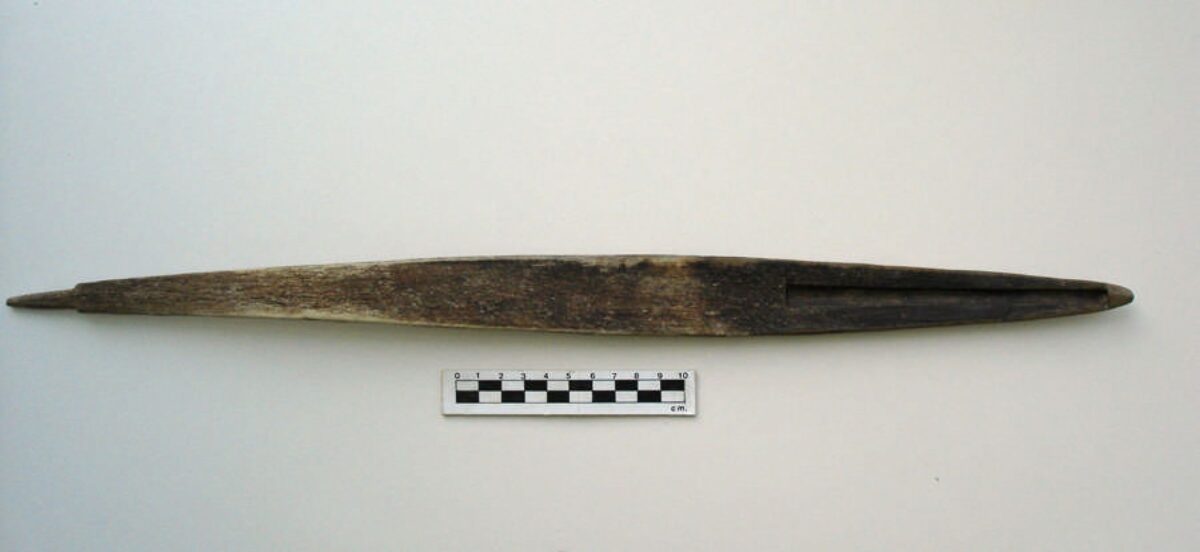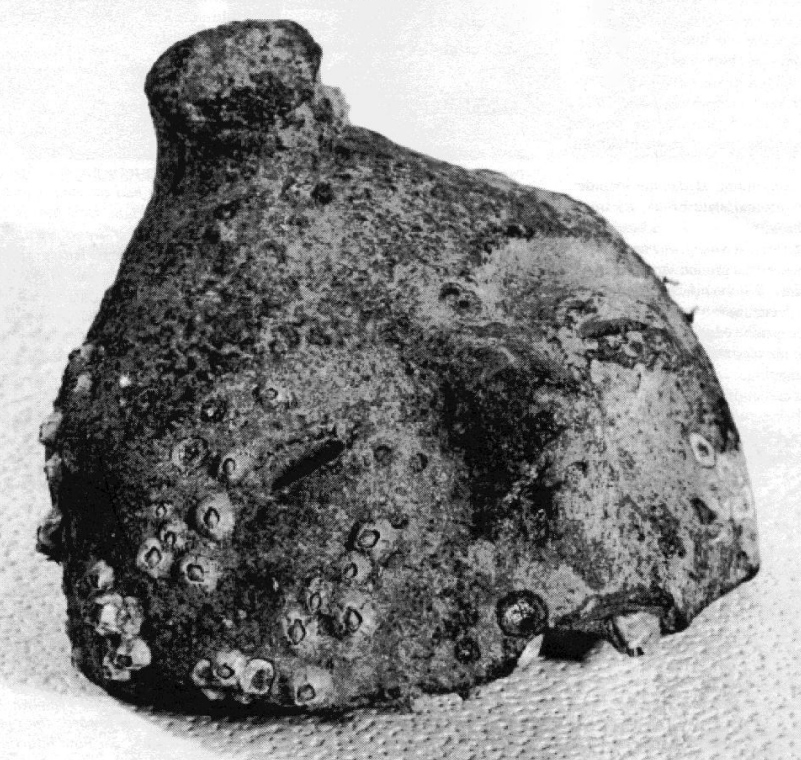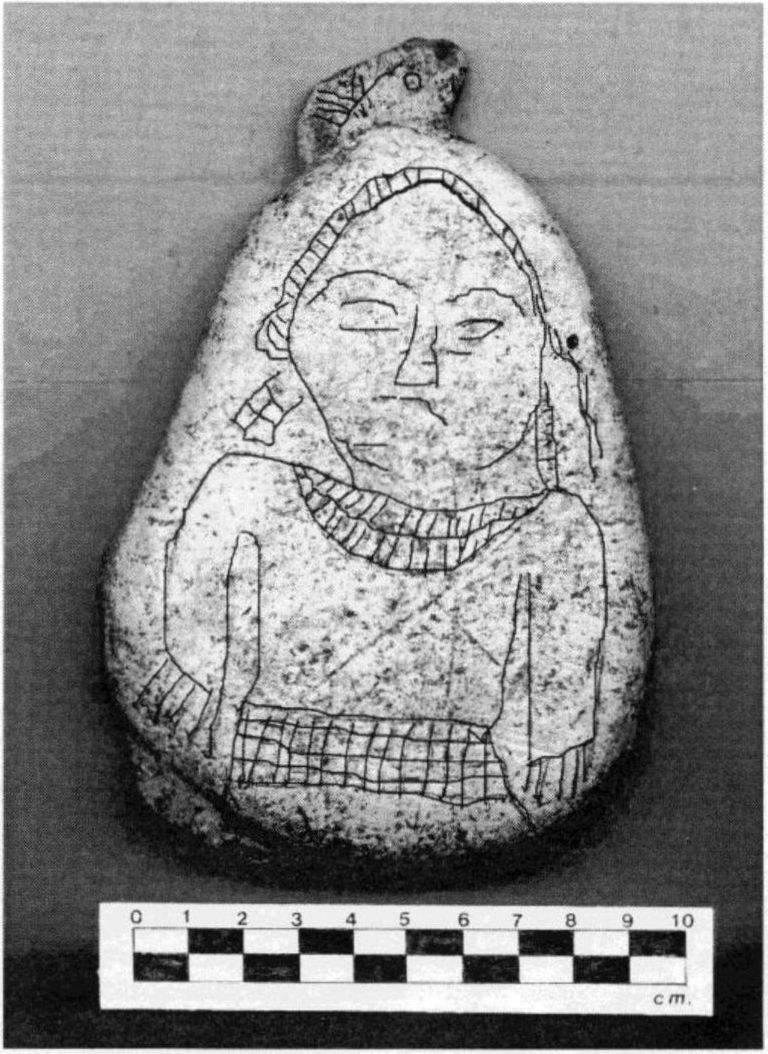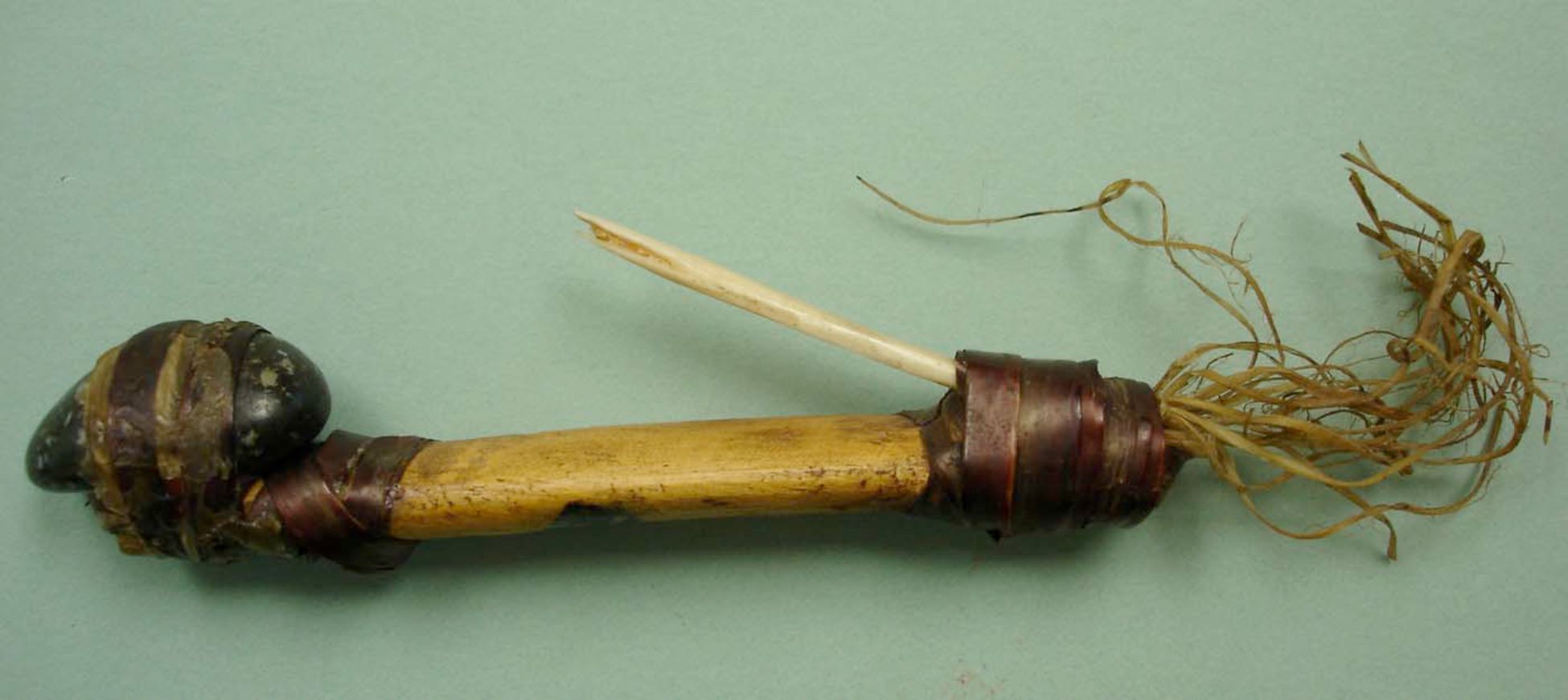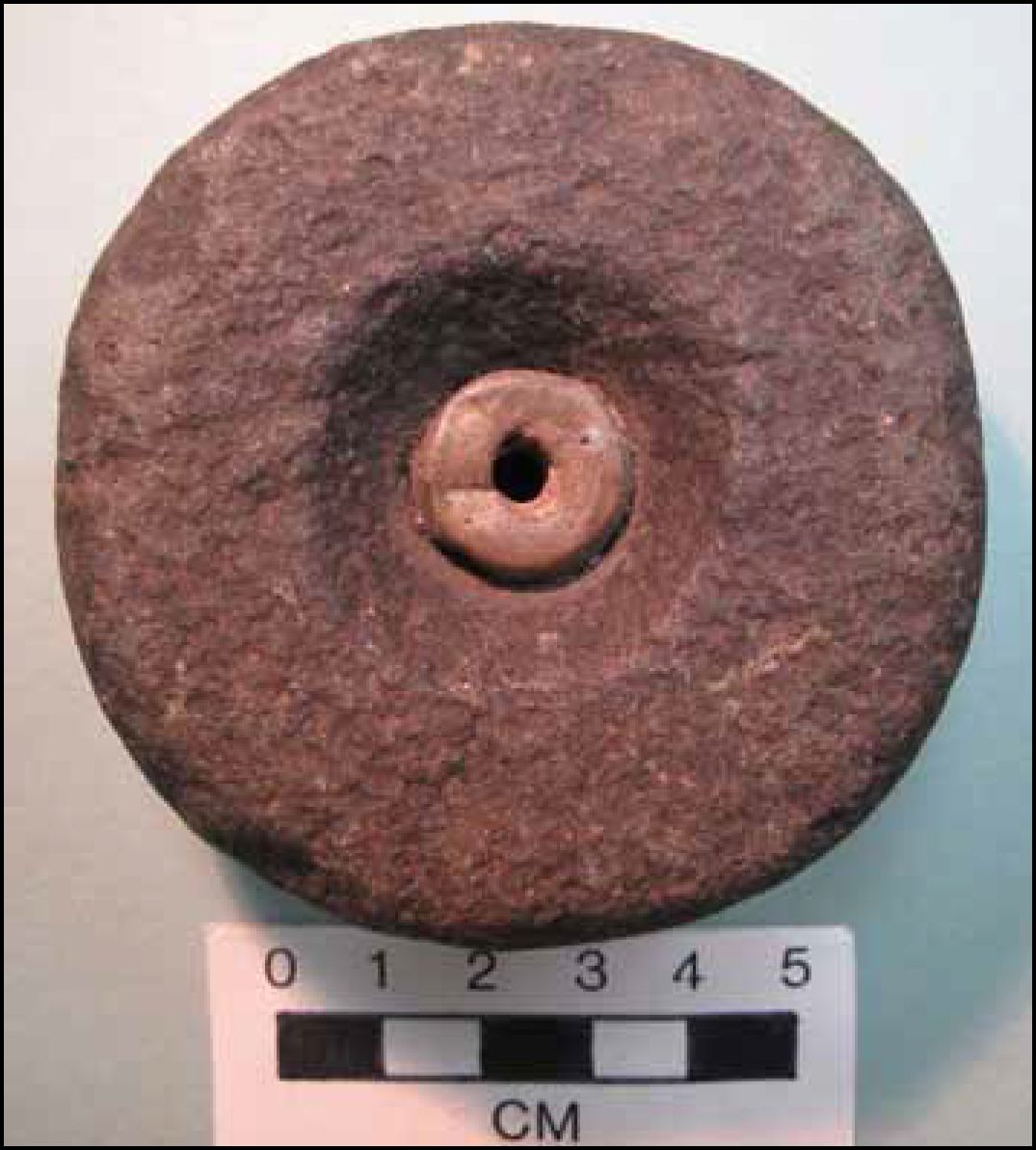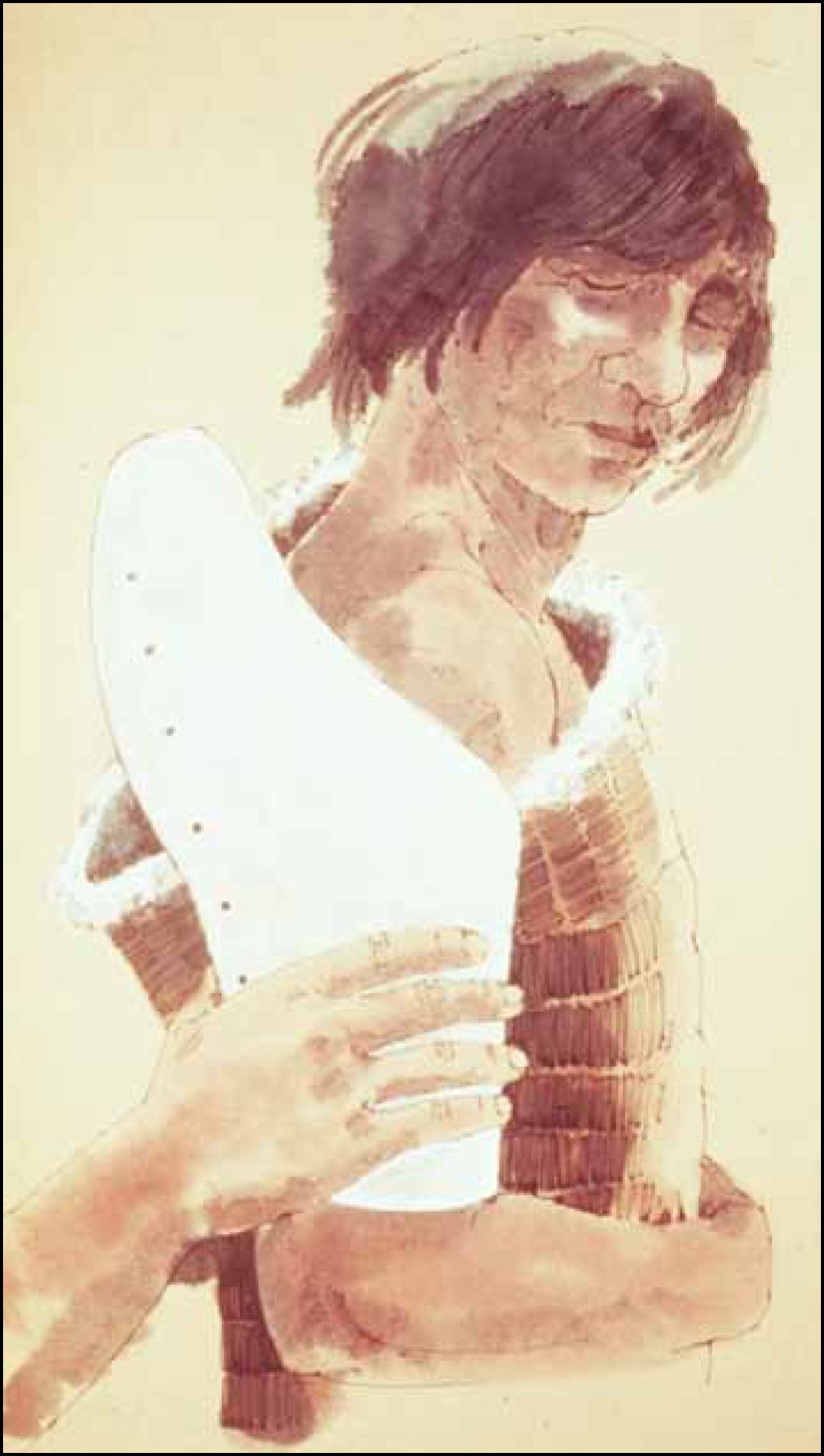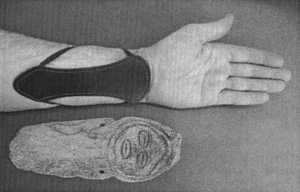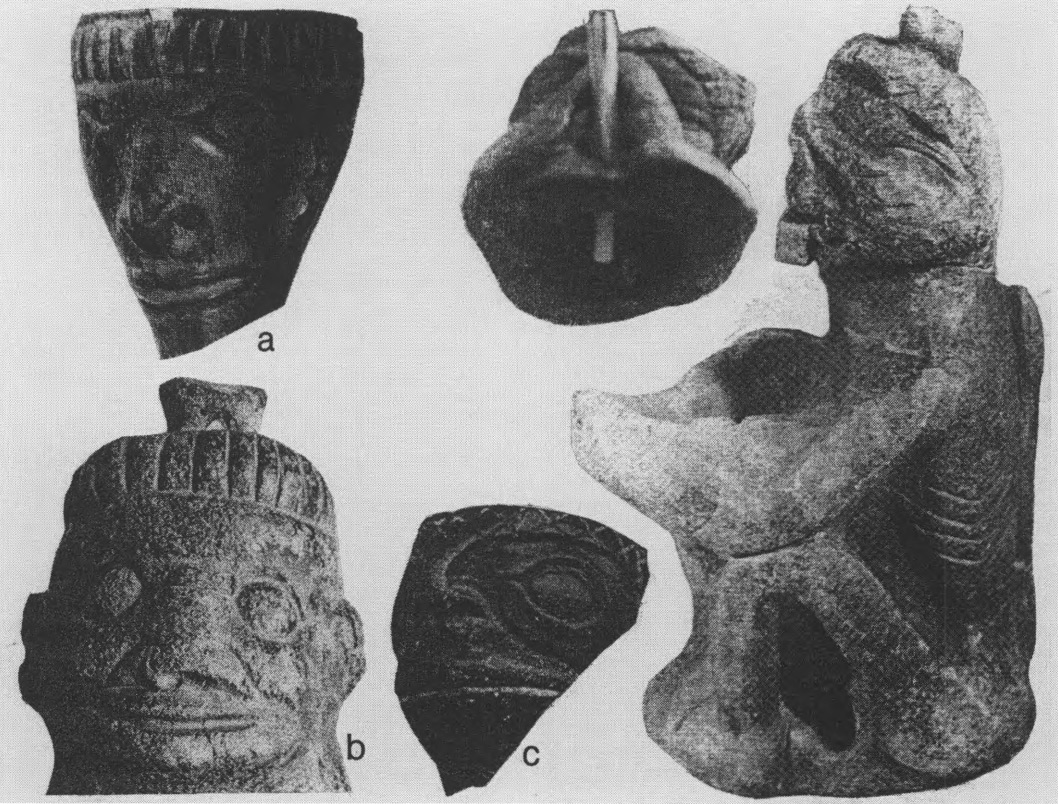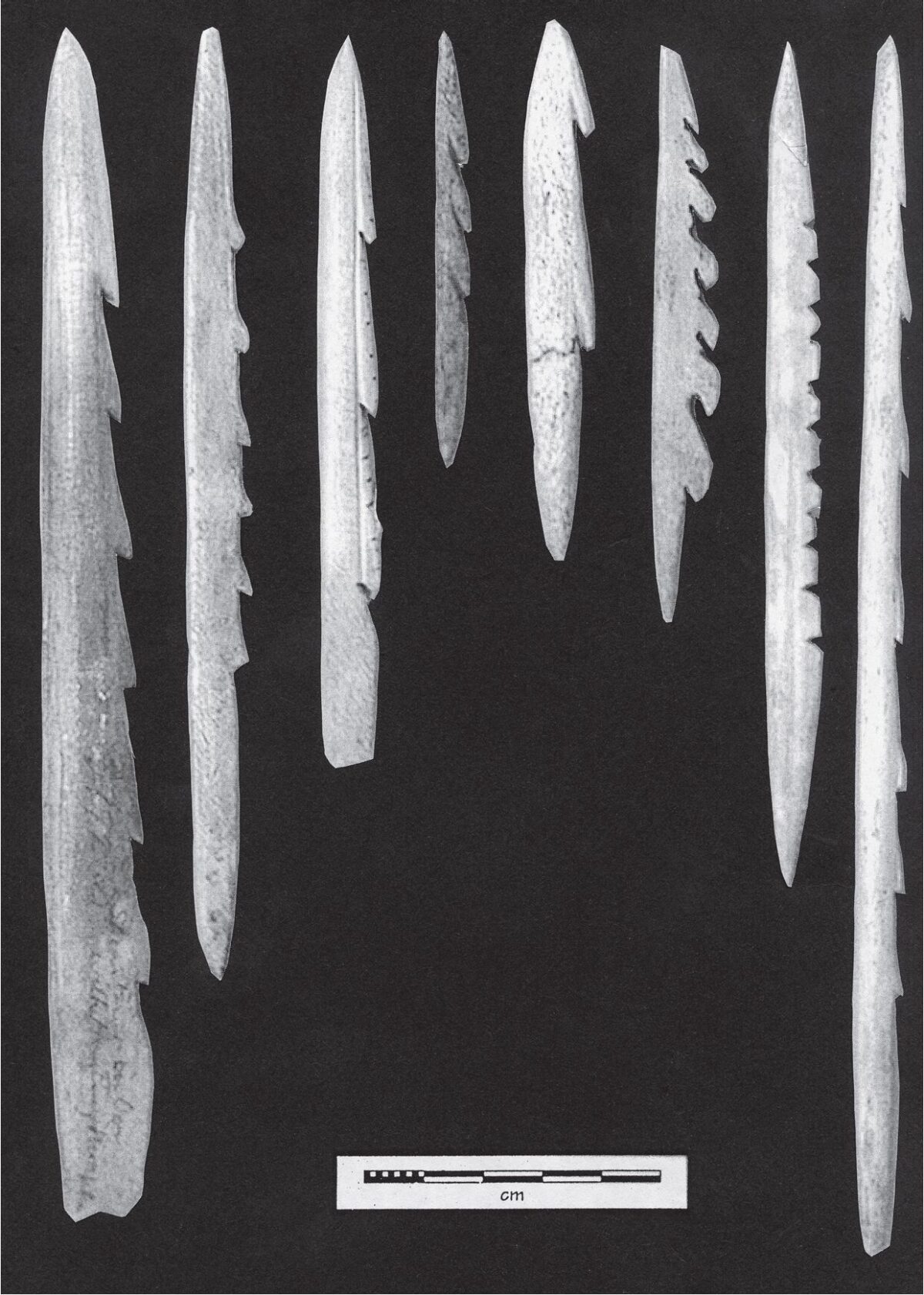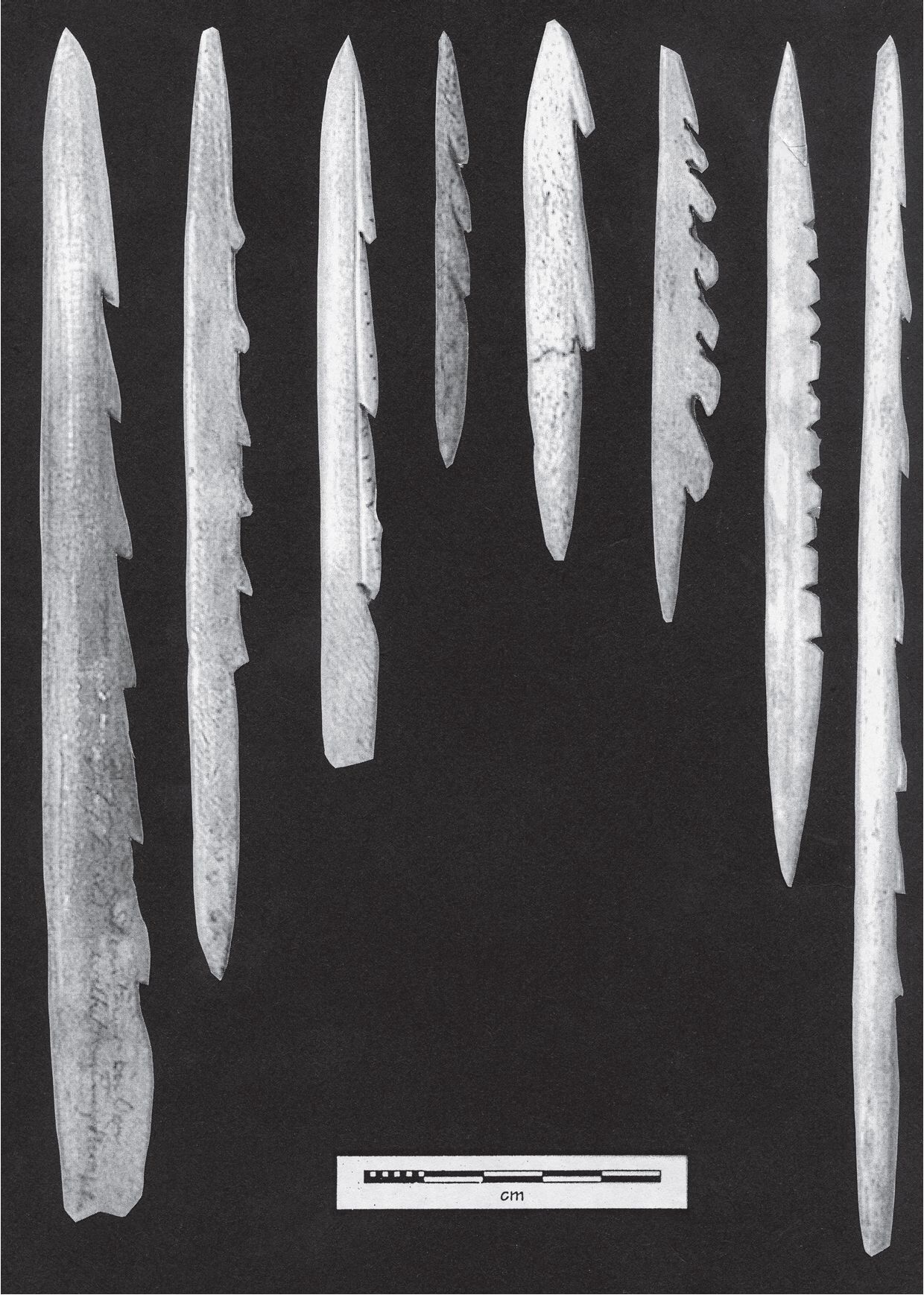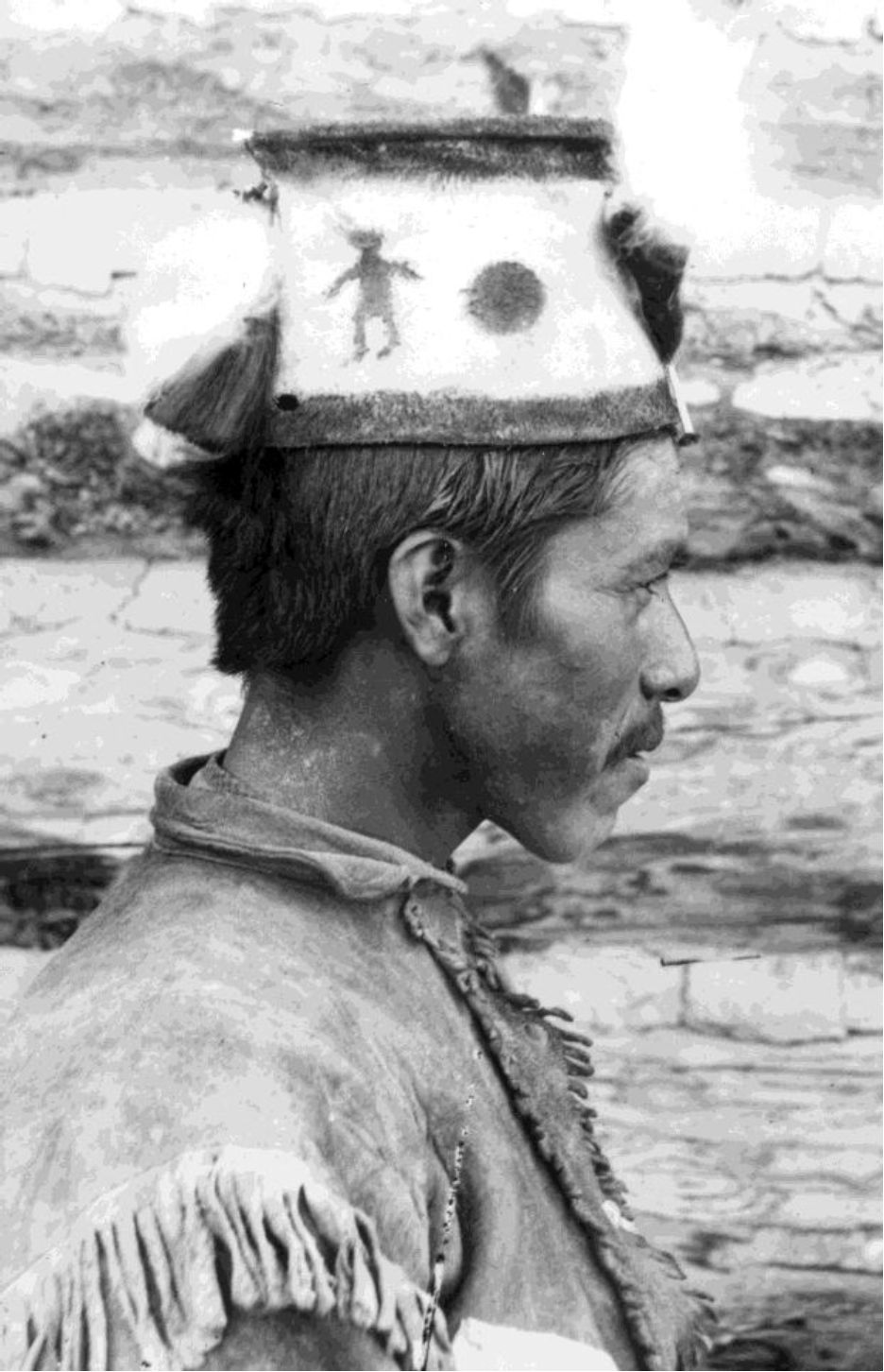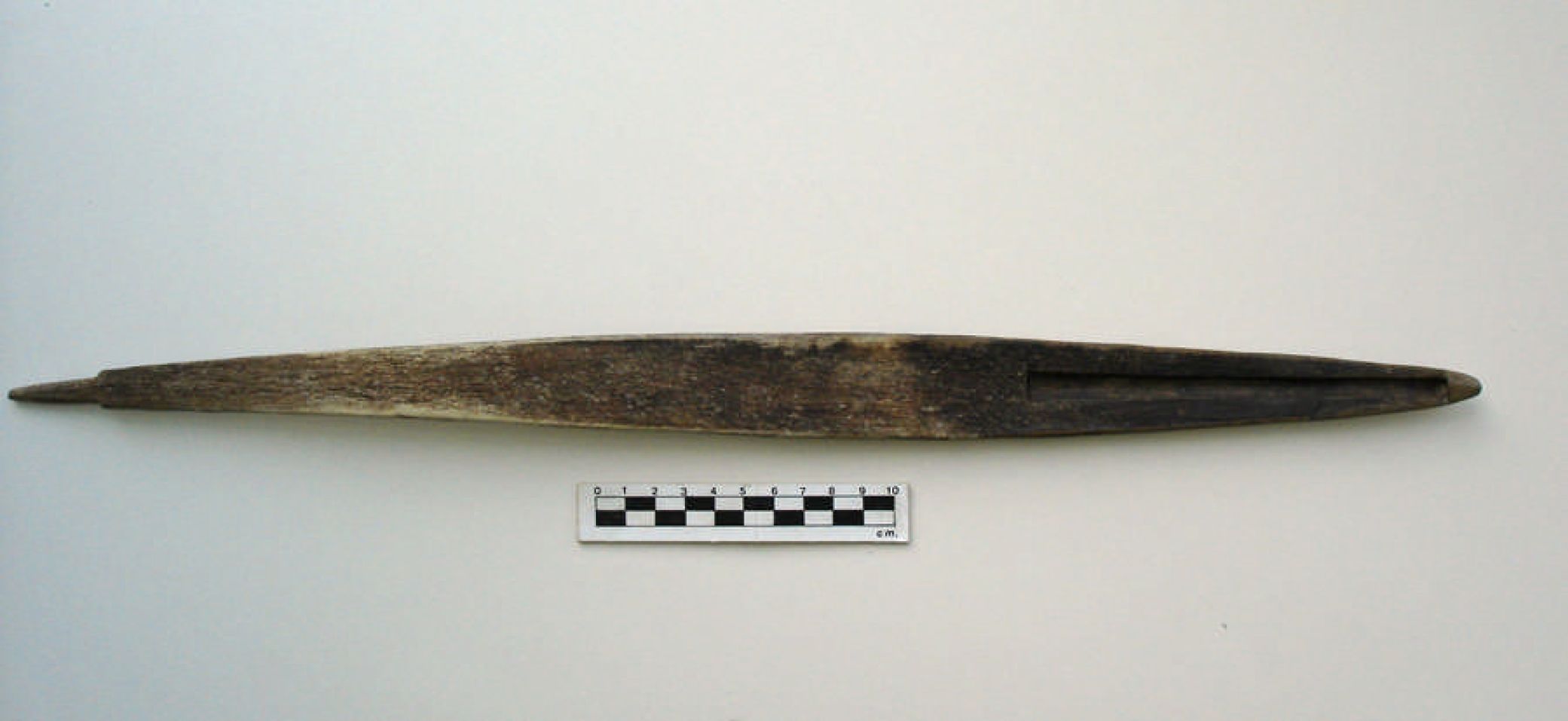
2007. By Grant Keddie Quiltanton Lake Atlatl (EcRg-Y:1). A Technical Description Introduction An Atlatl is a weapon composed of a flexible light spear or dart and a shorter throwing board that acts as a lever to propel the dart through the air. The throwing boards themselves are often called atlatls. This is currently the only example of the throwing board component of an atlatl weapon found in British Columbia. It was found in 1988 by Pat Rozek, a heavy equipment operator. Pat found it sticking out of the mud at the bottom of the freshly drained Quiltanton Lake – located in the Highland Valley east of Ashcroft in the southern Interior of British Columbia . A radio-carbon date obtained on … Continue reading “Quiltanton Atlatl”
